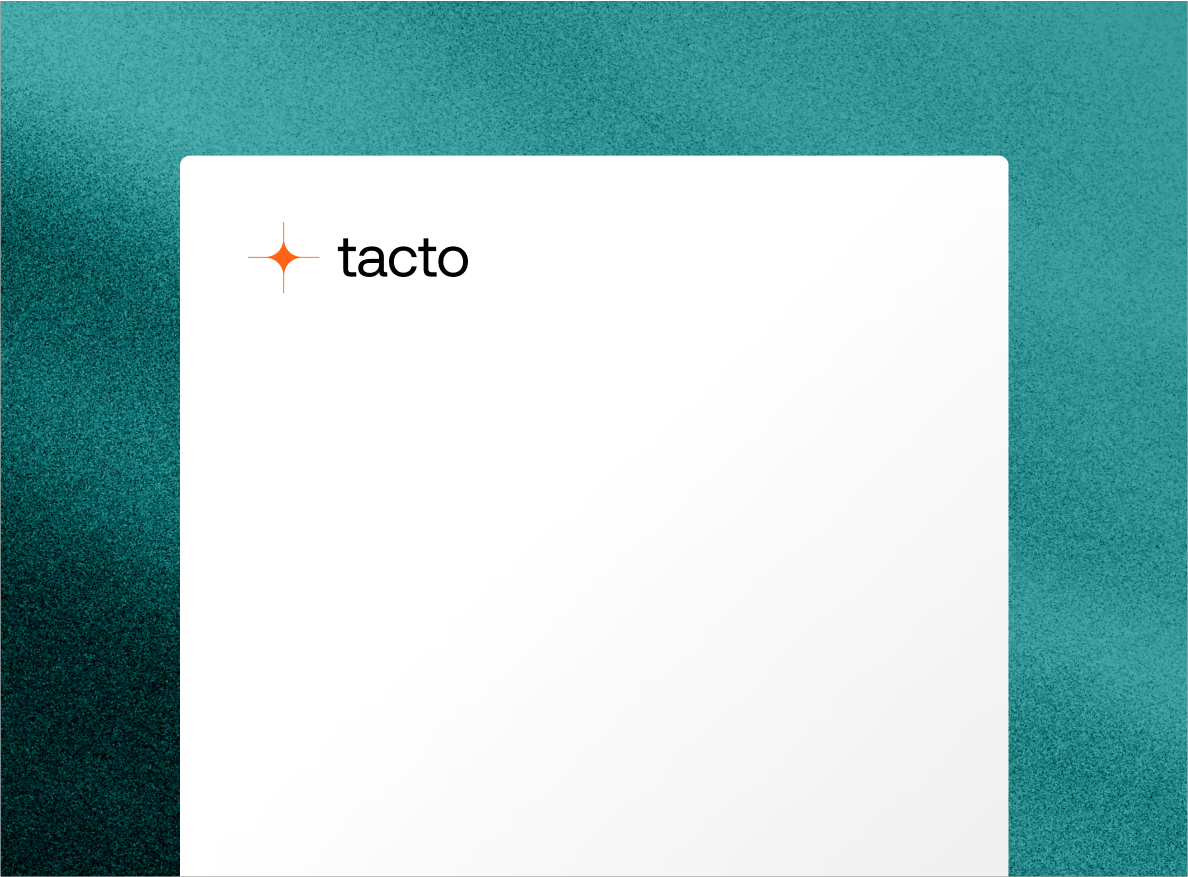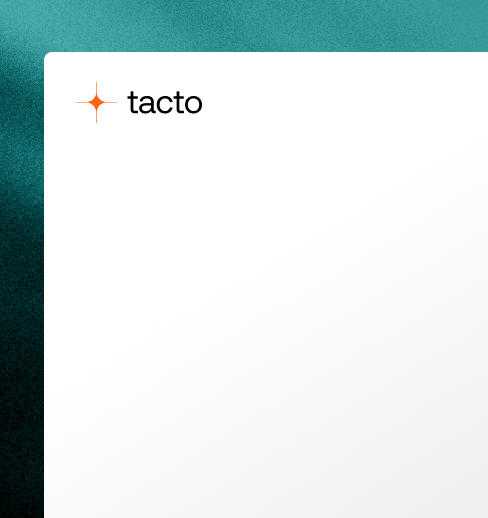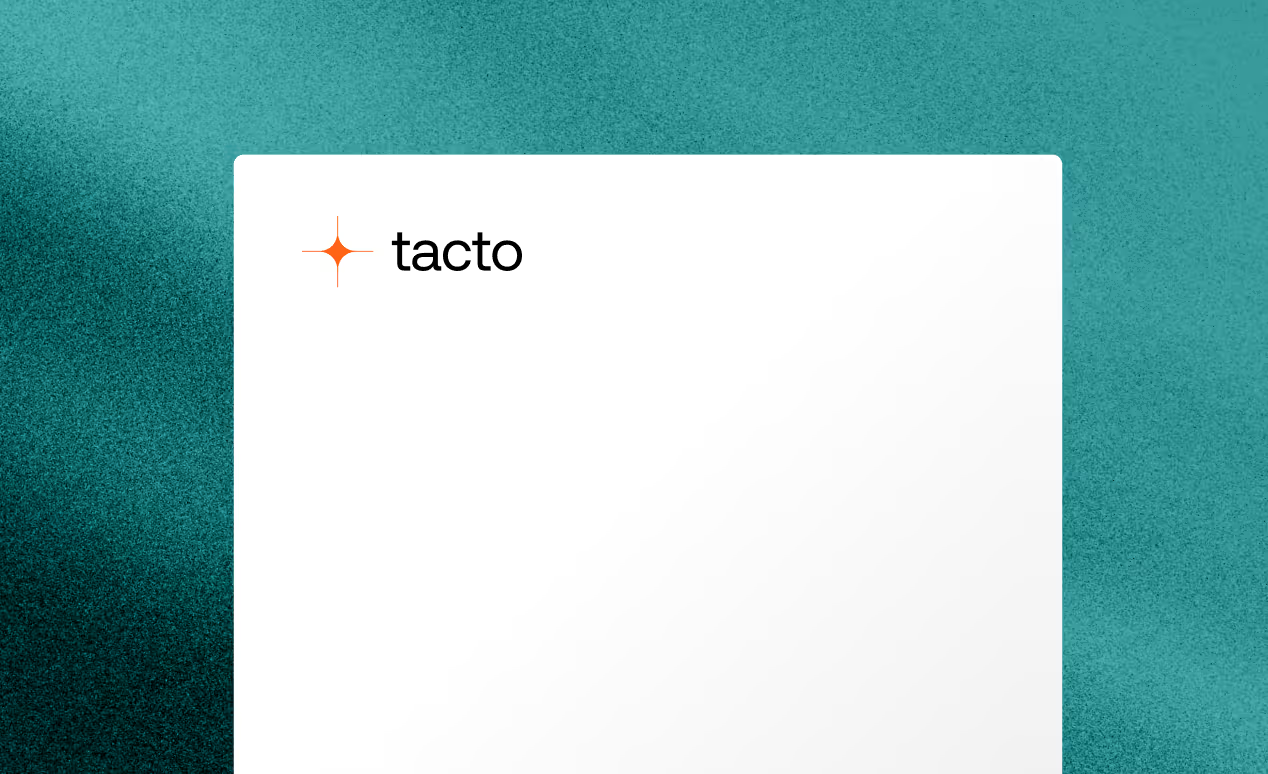Procurement Glossary
Reverse auctions: Definition & important aspects for buyers
Reverse auctions are revolutionizing traditional procurement through a dynamic bidding process in which suppliers compete for orders in real time while continuously adjusting their prices downwards. This structured overview shows how buyers can use digital auctions to achieve cost savings and strengthen their negotiating position at the same time.
Reverse auctions in a nutshell:
A reverse auction is a digital bidding process in which several suppliers adjust their prices for defined products or services downwards in real time in order to be awarded the contract. For Procurement , this tool enables transparent pricing and significant cost savings through direct price competition.
Example: An automobile manufacturer conducts a 60-minute reverse auction for metal components in which five qualified suppliers bid down from a starting price of 250,000 euros to a final price of 198,000 euros through 23 bids, which corresponds to a saving of 20.8%.
Introduction to reverse auctions
Reverse auctions are an innovative procurement tool in modern purchasing management. In this dynamic pricing process, several suppliers compete to win an order by gradually adjusting their prices downwards. In contrast to traditional auctions, where the highest price wins, in a reverse auction the supplier with the lowest price is awarded the contract. This process is becoming increasingly important, particularly in the B2B and public sectors, as it creates transparency, reduces costs and promotes competition. In this guide, you will learn the most important basics, advantages and challenges of reverse auctions as well as their practical implementation in a business context.
What are reverse auctions?
Reverse auctions, also known as reverse auctions, are an electronic procurement controlling tool in which the roles of buyer and seller are reversed compared to traditional auctions. Here, suppliers compete in real time to win an order by successively lowering their prices. The aim is to achieve the best possible price for the purchasing company through value analysis among the suppliers and thus realize cost savings.
Core elements of reverse auctions
Significance for Procurement
Reverse auctions are becoming increasingly important in modern Procurement , as they offer an efficient way of reducing procurement costs and speeding up the award process. They enable buyers to obtain a large number of offers in a short space of time and benefit from the competitive dynamics. They also promote market transparency and strengthen the purchasing department's position in price negotiations.
Reverse auctions: From traditional tenders to digital real-time auctions
Based on the theoretical understanding of reverse auctions, there are significant efficiency gains in the procurement process in practice. While traditional tendering processes are often time-consuming and resource-intensive, reverse auctions enable dynamic and transparent Procurement. The transformation to this modern approach is crucial in order to reduce costs and optimize processes in an increasingly competitive market.
Old: Traditional tendering procedures
Traditional approach: In traditional tenders, the buyer sends requests for quotations to selected suppliers, who then prepare individual offers. This process is usually paper-based or carried out by email, which leads to long processing times. The offers are checked and compared individually, whereby transparency and comparability are often limited. In addition, negotiation techniques are time-consuming and are conducted in sequential rounds. The main characteristics are the high administrative effort, the limited market overview and the lack of real-time communication. Challenges such as a lack of transparency and inefficient processes make it difficult to achieve optimal conditions.
New: Reverse Auctions
Reverse auctions: The modern approach implements reverse auctions via digital platforms that enable real-time auctions. Suppliers log into a central system and actively undercut their competitors' prices to win the contract. This method promotes intense competition and leads to significant cost savings. Real-time transparency enables buyers to better assess the market price and make decisions more quickly. Innovation points such as automated evaluations, integration into existing ERP systems and the use of data analysis significantly improve process efficiency. The practical implementation of reverse auctions leads to reduced procurement cycles, lower transaction costs and increased market transparency.
Practical example: Implementation of reverse auctions in the electronics sector
A leading electronics manufacturer implemented reverse auctions for the Procurement of components. By using a specialized online platform, more than 15 qualified suppliers were able to participate in an auction within 30 minutes. The result was an average cost reduction of 12% per procurement process. In addition, the procurement time was reduced by 40%, as the entire process from tender to award was mapped digitally. The real-time data enabled the purchasing team to react immediately to market changes and make strategic decisions. In addition to financial benefits, the introduction of reverse auctions led to an improved supplier relationship through clear and transparent communication channels.
Conclusion on supplier evaluation with reverse auctions
Reverse auctions are an effective digital procurement tool that enables significant cost savings through real-time competition. Despite potential challenges such as quality assurance and supplier relationships, the advantages of process efficiency and market transparency outweigh the disadvantages. With the integration of modern technologies such as AI, their importance in strategic Procurement will continue to increase. Success depends largely on precise specifications and the careful selection of suitable use cases.







.png)
.png)
.png)
%20%E2%80%93%20Jakob%2C%20Ines.png)
%20%E2%80%93%20Jan%2C%20Jacob.png)
.png)
.png)
